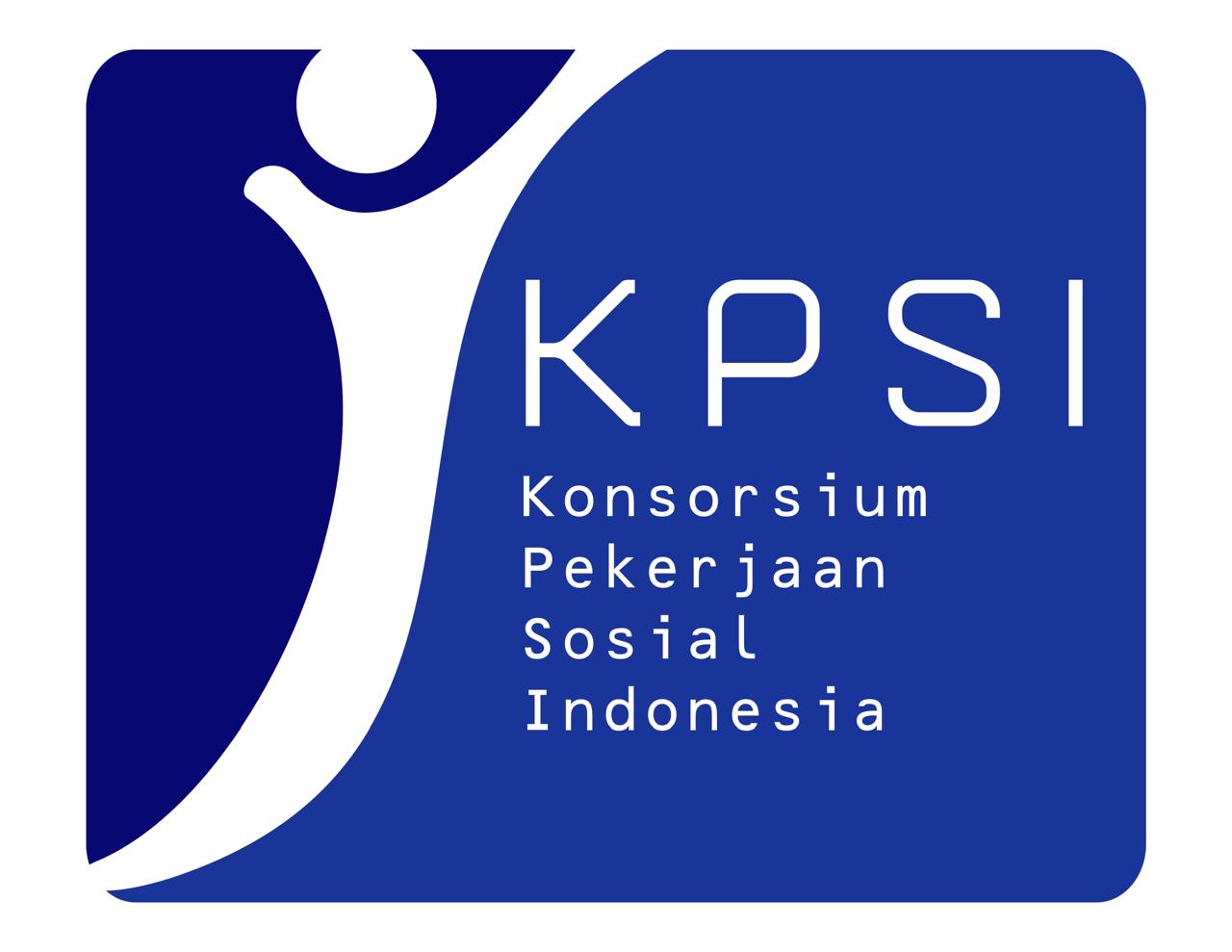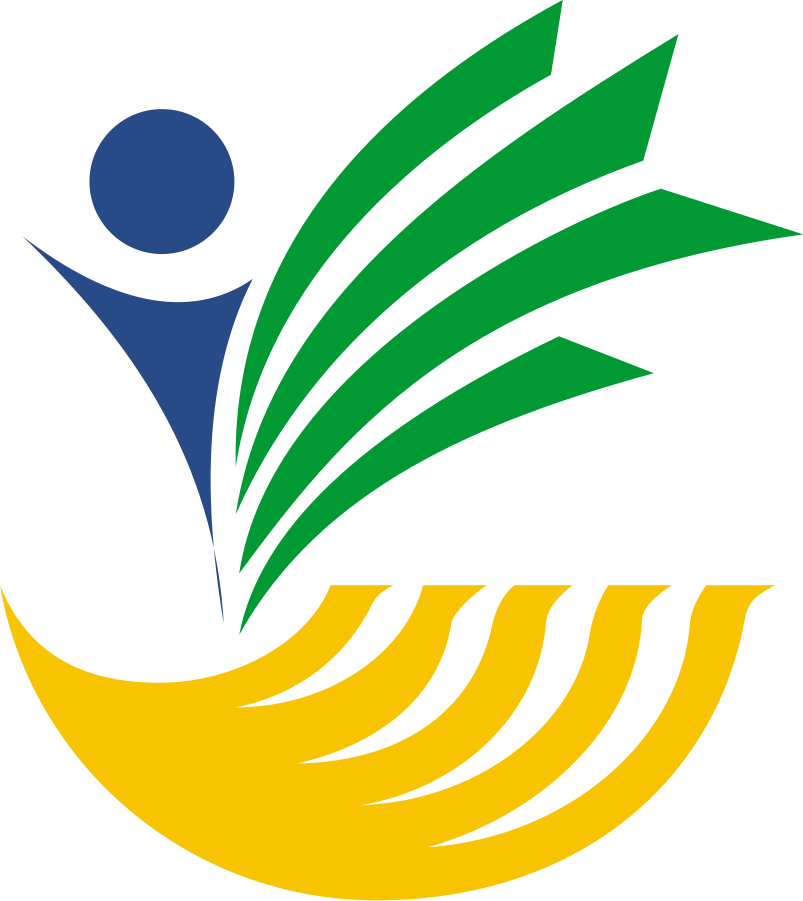Integration of Child Protection and Social Protection for Child Victims of Violence in Indonesia
DOI:
https://doi.org/10.58671/aswj.v12i2.103Keywords:
Child protection (CP), social protection (SP), children victims of violence.Abstract
Social protection (SP) programs for children who are victims of violence have been provided through Child Protection (CP) services, but there are still gaps in meeting the needs in a comprehensive and sustainable manner. This study aims to determine the quality of CP services and their integration with SP services for child victims of violence in Indonesia. Using a qualitative case study method, this study was conducted in 4 provinces and 10 districts/cities, 5 cases of child victims of violence, and a number of informants from parents of victims, and stakeholders in the regions who are responsible for the issue of child victims of violence. Using qualitative methods, the results of the study indicate that there is no integrated policy between CP and SP services for child victims of violence. The lack of integration of CP and SP occurs both among institutions and within the Ministry that has the main tasks and related functions. In some policies related to SP in the form of social assistance under the social rehabilitation program, it is only intended for the poor, so that only children who are victims of violence and are poor can get this service. Integration of child protection and social protection is very important to create a comprehensive framework to address the needs of children who are victims of violence and their families. This paper recommends the integration of social protection and social protection programs by including violence against children as part of the poverty indicators.
References
Badan Pusat Statistik (BPS). (2020). Statistik Demografi dan Sosial .
Butterfield, A. K., Scherrer, J. L., & Olcon, K. (2017). Addressing poverty and child welfare: The integrated Community Development and Child Welfare Model of practice. International Social Work, 60(2), 321–335. https://doi.org/10.1177/0020872815594861
Davies, M., Barrientos, A., Devereux, S., Hickey, S., Sabates-Wheeler, R., Guenther, B., & Macauslan, I. (2009). DFID Social Transfers Evaluation Summary Report. www.ids.ac.uk/ids/bookshop
Eckenrode, J., Smith, E. G., McCarthy, M. E., & Dineen, M. (2014). Income inequality and child maltreatment in the United States. Pediatrics, 133(3), 454–461. https://doi.org/10.1542/peds.2013-1707
Fang, X., Zheng, X., Deborah, A. F., Gary, G., Casey, T., Hsiao, C., & Catherine, L. W. (2017). The economic burden of violence against children in South Africa. International Journal of Environmental Research and Public Health, 14(11). https://doi.org/10.3390/ijerph14111431
Friedman, K. (2010). Early Childhood Abuse and Neglect: Exploring the consequences, effects, and treatment. Psychology and Child Development.
Friedman, L. (2017). American Law: An Introduction. In American Law: An Introduction. https://doi.org/10.1093/acprof:oso/9780190460587.001.0001
Jonson-Reid, M., Drake, B., & Kohl, P. L. (2009). Is the overrepresentation of the poor in child welfare caseloads due to bias or need? Children and Youth Services Review, 31(3), 422–427. https://doi.org/10.1016/j.childyouth.2008.09.009
Kementerian Pemberdayaan Perempuan dan Perlindungan Anak. (2022). Pengalaman Hidup Anak dan Remaja.
OHCHR. (1990). Convention on the Rights of the Child. http://www.ohchr.org
SIMFONI PPA. (2022). Data kekerasan anak.
UNICEF. (2012). Annual Report .
UNICEF. (2015). Annual Report .
UNICEF. (2019). For every child, reimagine. www.unicef.org/publications.
UNICEF. (2020). Laporan Tahunan .
UNICEF. (2021). Annual Report.
United Nation Declaratioan on The Right of The Child (UNCRC) (1959).
Wahana Visi Indonesia/WVI. (2017). Data anak sebagai korban kekerasan.
WHO. (2016). Monitoring Health for SDGs .
Yuningsih, Y., Salamah, U., & Nurwati, N. (2018). Social Protection for Child Labors. In International Journal of Engineering & Technology (Vol. 7). www.sciencepubco.com/index.php/IJET
Downloads
Published
How to Cite
Issue
Section
License
Copyright (c) 2024 Anna Sakreti Nawangsari, Dessy Susanty , Yoel Setiawan , Fentiny Nugroho

This work is licensed under a Creative Commons Attribution-NonCommercial-ShareAlike 4.0 International License.



























